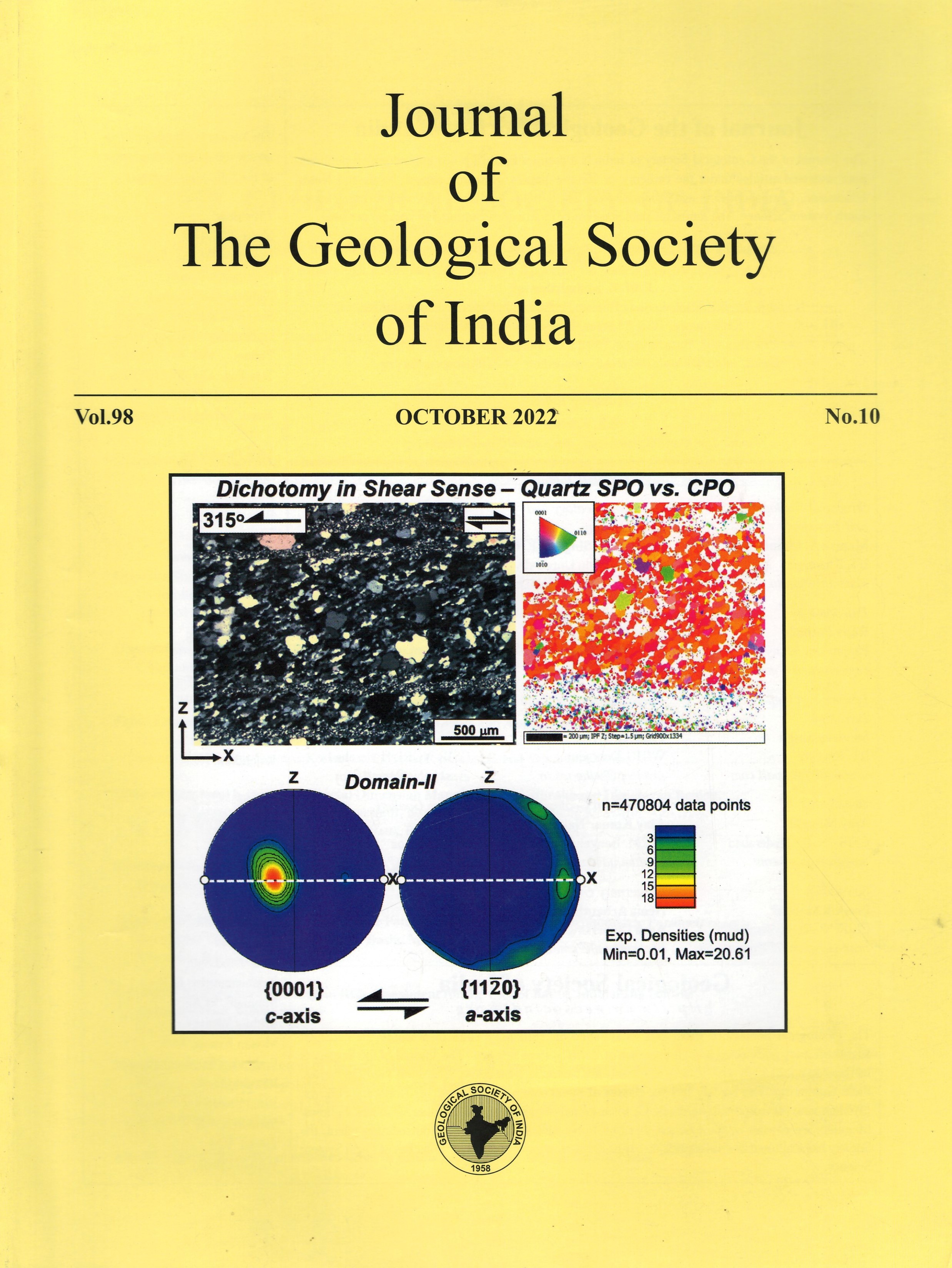Human Health Risk Assessment of Harmful Heavy Metals and Uranium Exposure in Shallow Aquifer of Nagaon, the Highest Populated District of Assam, India
DOI:
https://doi.org/10.1007/s12594-022-2188-6Abstract
The present investigation attempts to assess the harmful heavy metals and uranium exposure in shallow aquifers of the highest populated district Nagaon in the central Brahmaputra floodplain of Assam, India. Spatial distribution using the inverse distanced weighted interpolation method in Arc GIS, various pollution indices and health risk assessment indices pooled with statistical studies were employed to appraise the pollution scenario and potential health risk. The contamination degree index for the three locations was 14.09, 21.43 and 25.95, signifying a considerable degree of contamination. The excess cancer risk due to the radioactivity of uranium in adults and children of Nagaon district is negligible compared to the prescribed limit of 1.67×10-4 set by the Atomic Energy Regulatory Board. The average concentration of the analyzed heavy metal follows the order Mn > Fe > Zn > Cu > Ni > U > Pb > Cr > Cd. The notch box plot study reveals that the risk associated with the ingestion of water contaminated with heavy metals is higher than the dermal absorption. The HQIngestion of manganese in children shows a higher range (0.003-6.85) than in adults (0.002-4.12), with a median value of 0.14 compared to 0.08 in adults. Both adults and children are vulnerable to noncarcinogenic risks, and the risk is higher in children than in adults.

 Rinkumoni Barman
Rinkumoni Barman






